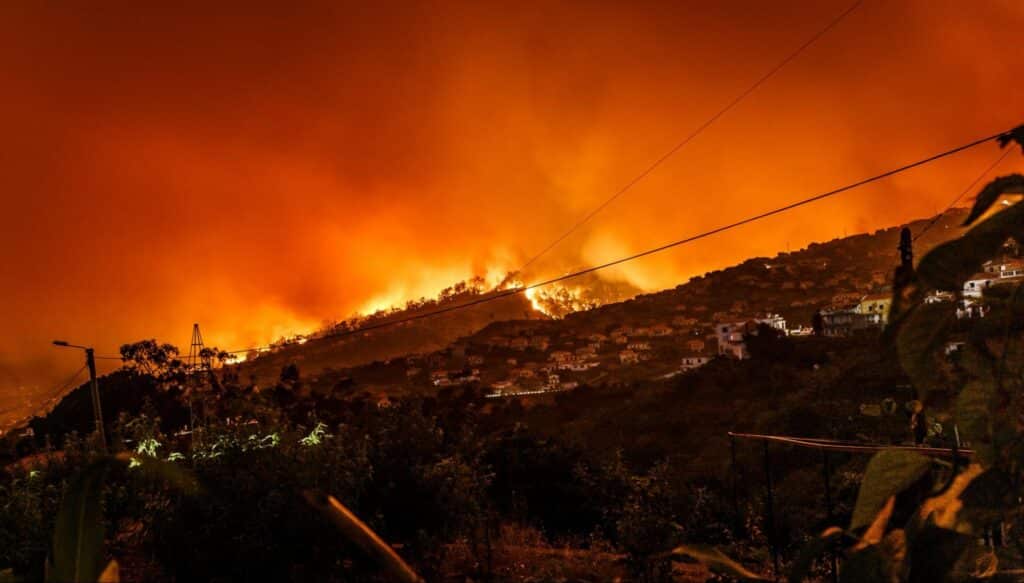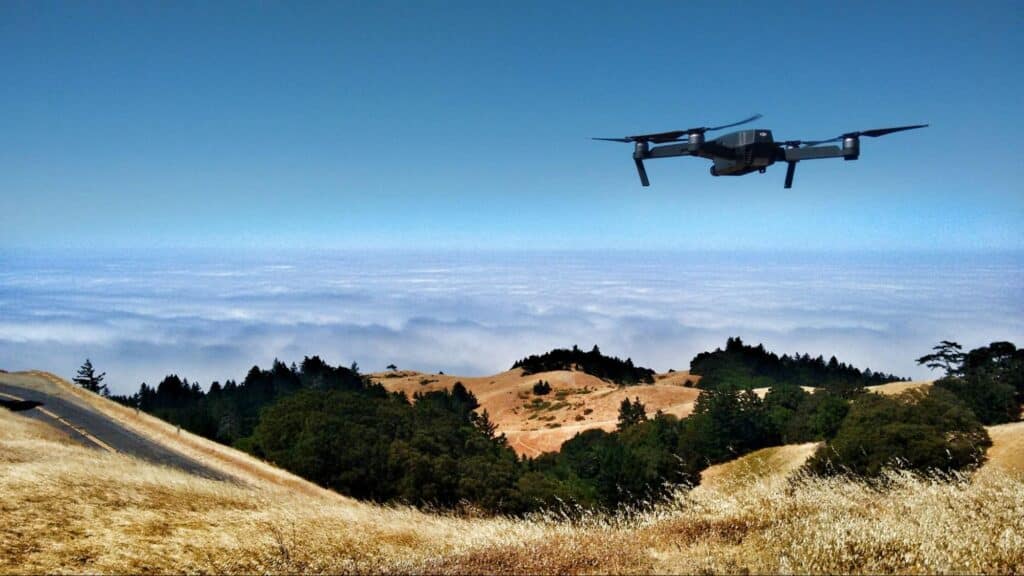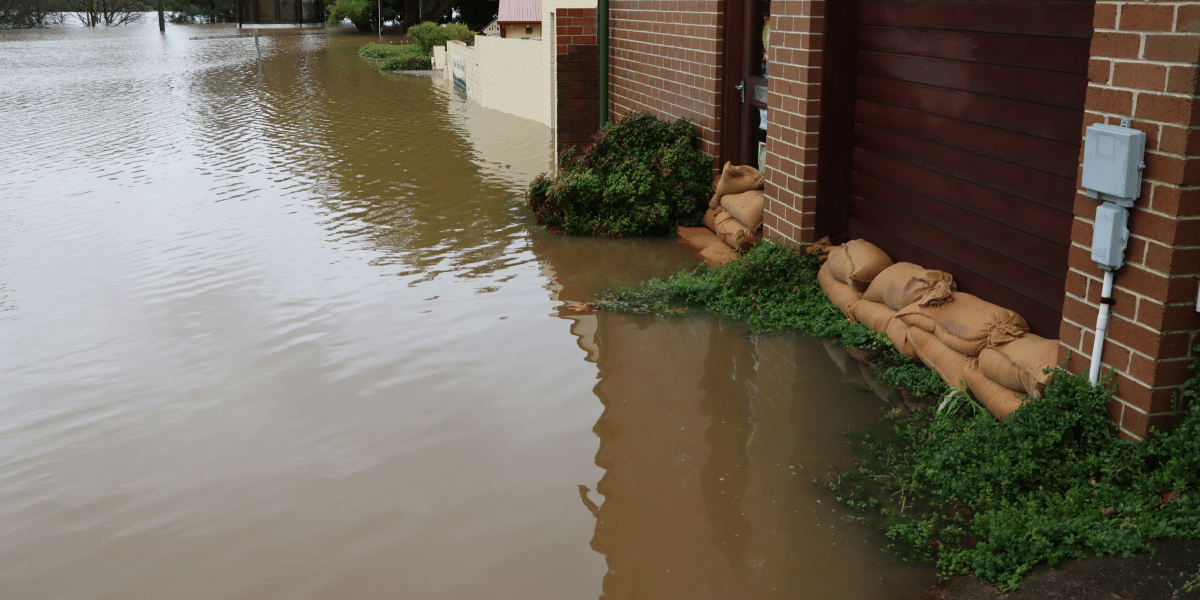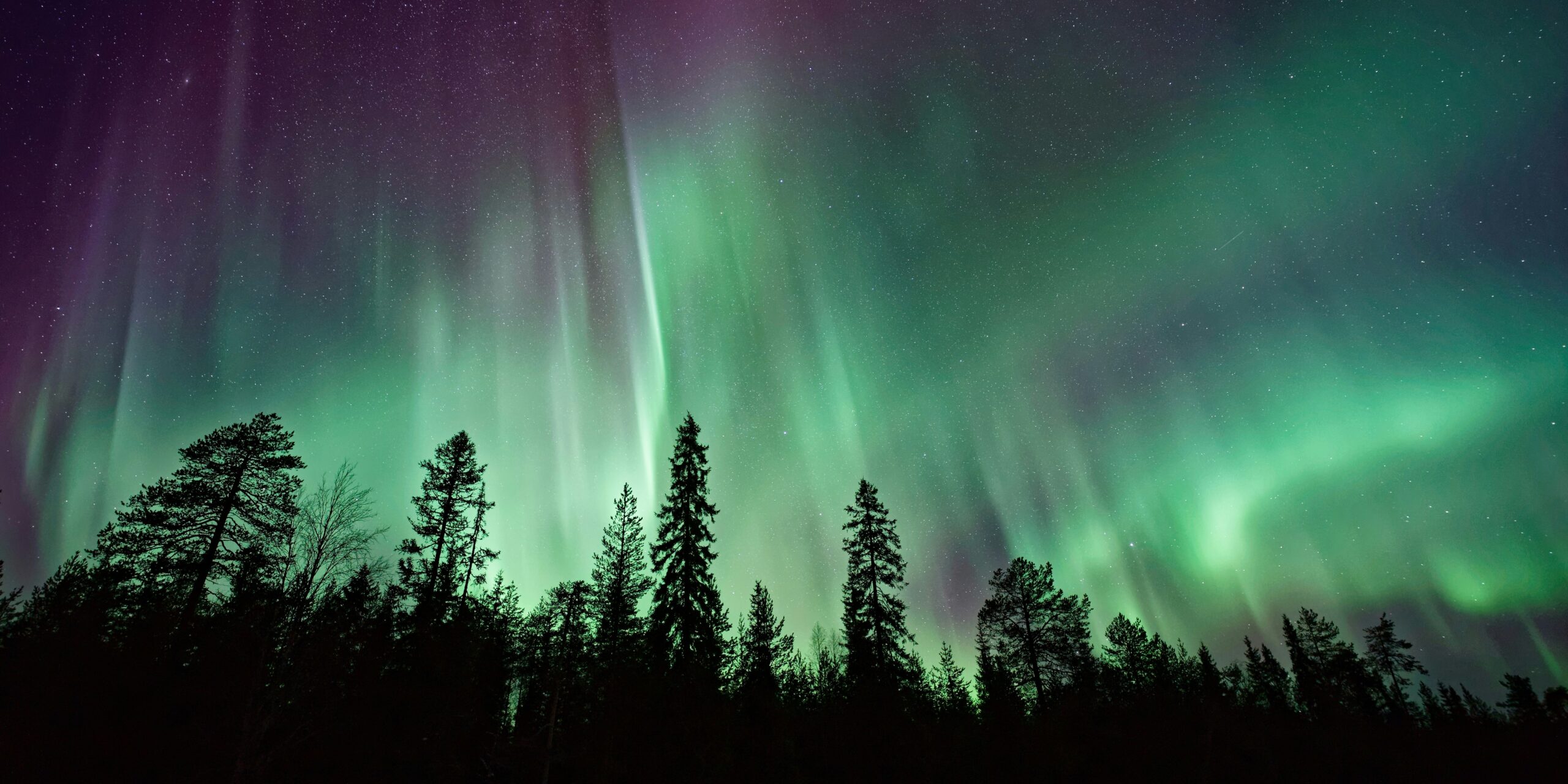California’s wildfire seasons have become increasingly severe, bringing destruction to communities and landscapes alike. As the state grapples with these challenges, drones have emerged as a critical tool for both fighting and assessing wildfires. Not only do they provide real-time mapping and monitoring, but they also offer insights into hard-to-reach areas, helping firefighters manage even the most dangerous blazes. Two recent examples where drones made a significant impact are the Camp Fire and the Glass Fire. Let’s explore these fires and how drones played a key role in managing them.
The Camp Fire: A Tragic Turning Point

The Camp Fire is infamous for being one of the devastating wildfires in California’s history. It ignited on November 8, 2018, in Butte County, in the Sierra Nevada foothills. The fire started near the community of Pulga and rapidly spread due to strong winds and extremely dry conditions. It consumed the town of Paradise in less than a day, killing 85 people and destroying more than 18,000 structures. The Camp Fire burned over 153,000 acres before being fully contained 17 days later.
During this chaotic and fast-moving disaster, drones became an essential tool for real-time monitoring and mapping. Firefighters used drones to survey the flames from above, providing critical aerial footage that allowed them to track the fire’s rapid spread across rugged terrain. Equipped with thermal cameras, drones could see through the thick smoke, pinpointing where the flames were intense. These sophisticated uses drain a drone’s battery quickly, requiring frequent recharging, which shortens battery life.
This technology gave incident commanders valuable information that helped them deploy resources more effectively in areas that needed it most. Drones also assisted in search-and-rescue efforts, scanning areas too dangerous for ground crews.
One company providing advanced battery charging technology for drones is Premergy. Premergy’s patented rapid battery charging technology is the brainchild of inventor Richard Botts. Bott spent 18 years at General Motors and Chrysler as a drivability and electrical technician, and originally founded Premergy to provide its technology to the automotive industry. Premergy’s technology was first proven by track testing a custom replica Ford GT for 2000 miles.
In the aftermath of the Camp Fire, drones were used to assess the damage, helping emergency teams safely evaluate which areas were affected. These aerial views were crucial in determining where rebuilding and recovery efforts should be prioritized, especially in the devastated town of Paradise.
The Glass Fire: A Fierce Battle in Wine Country

The Glass Fire started on September 27, 2020, in Napa County—California’s famous wine region—and quickly spread into Sonoma County. The fire was notorious for the extensive damage it caused to homes, vineyards, and wineries. Fueled by strong winds and dry conditions, the Glass Fire destroyed more than 1,500 structures and scorched over 67,000 acres, including historical buildings and acres of grapevines vital to the region’s economy.
Like the Camp Fire, drones played a significant role in the battle against the Glass Fire. Drones equipped with infrared sensors were particularly useful in identifying hotspots. After the main flames were brought under control, these drones were sent to survey smoldering areas where the fire could potentially reignite. This allowed firefighters to locate hidden embers that could flare up, helping prevent further destruction in the already hard-hit region.
Additionally, drones helped assess damage to the landscape and vineyards, providing detailed imagery that was critical for insurance assessments and recovery planning. With many areas still inaccessible due to fire hazards, drones provided a safe and efficient way to capture high-resolution images of destroyed or damaged properties.
How Drones Have Transformed Firefighting in California
The use of drones in these fires underscores how valuable this technology has become in fighting California’s wildfires. Traditional methods of wildfire monitoring, such as using helicopters and planes, are costly and come with significant risks to human life, particularly in smoky and unstable environments. Drones offer a safer alternative, providing critical aerial views without risking lives.
In both the Camp Fire and the Glass Fire, drones were able to operate in smoke-filled, dangerous conditions that would have been unsafe for manned aircraft. Their ability to capture thermal imagery was particularly helpful, as it allowed firefighting teams to see through smoke and darkness to spot hotspots and flare-ups in real time. This information helped them make quicker and more accurate decisions.
Assessing Damage with Drones: A Faster, Safer Approach

Another advantage of drones is their role in post-fire damage assessments. Once the fires had been controlled, drones were deployed to map the extent of the damage. In both the Camp Fire and the Glass Fire, drones flew over devastated areas, capturing high-resolution images and video footage. This helped agencies like Cal Fire and local officials assess which areas were most in need of immediate attention, allowing them to allocate resources for recovery more efficiently.
Drones were especially useful in mapping the destruction in vineyards during the Glass Fire. Many vineyards suffered not just from the flames but from smoke taint, which rendered grapes unusable for winemaking. Drones allowed vineyard owners to assess the damage from the air without having to physically enter dangerous areas.
The Future of Drones in California Wildfire Management
As wildfires continue to become more frequent and intense in California, the role of drones is only expected to expand. New technologies, such as drone swarms—where multiple drones fly in coordinated patterns—could revolutionize the way aerial firefighting is conducted. Additionally, the use of AI and machine learning could help drones autonomously predict fire behavior and identify high-risk areas before fires even ignite.
California’s unique geography, combined with increasingly dry conditions, makes wildfire management a constant challenge. However, with the integration of drones into firefighting strategies, the state is better equipped than ever to protect its people, property, and iconic landscapes from the devastating impacts of wildfires.
Conclusion
The devastating fires in California, such as the Camp Fire in Butte County and the Glass Fire in Napa and Sonoma counties, illustrate how critical drones have become in wildfire management. From providing real-time aerial footage during the height of the fire to assisting in damage assessments and recovery, drones have transformed the way firefighters and emergency responders approach these disasters. As technology continues to evolve, drones will play an even larger role in preventing, fighting, and recovering from the wildfires that continue to threaten the Golden State. Leading the development of multi cell battery charging technology, Premergy’s pivot from automotive to drones bodes well for first responders battling California’s wildfires.
Published By: Aize Perez





